Mice are one of the most common pests that have continued to cause problems in our households. They are notorious for causing damage to property and commercial crops. Thus, it is important to catch these pests to prevent them from causing serious health risks and problems in our homes and belongings.
But, how to catch a mouse? To catch a mouse, you can do the following:
- Look for probable entry points.
- Block these sites of entry, if possible.
- Set mouse traps.
- Set mouse bait stations.
- Clean and organize the areas where mice would possibly stay.
In this article, we’ll explain information about mice including their behavior, the health consequences, risks when they are around, and different effective remedies for capturing them.
Why Do Mice Come in Your House?
Fall is when mice are most likely to enter your home. As the seasons change, they look for warm, secure nesting locations with dependable food sources. Although they tunnel under the snow in the winter, mice do not hibernate. They rely on food caches and foraging to get by till April.
A mouse will enter your house if they can do it without encountering the difficulties winter brings. They may not be readily noticeable because they are nocturnal. They will dig into your garbage, cabinets, and pantry to locate everything they can consume.
How Serious Threat Are Mice?
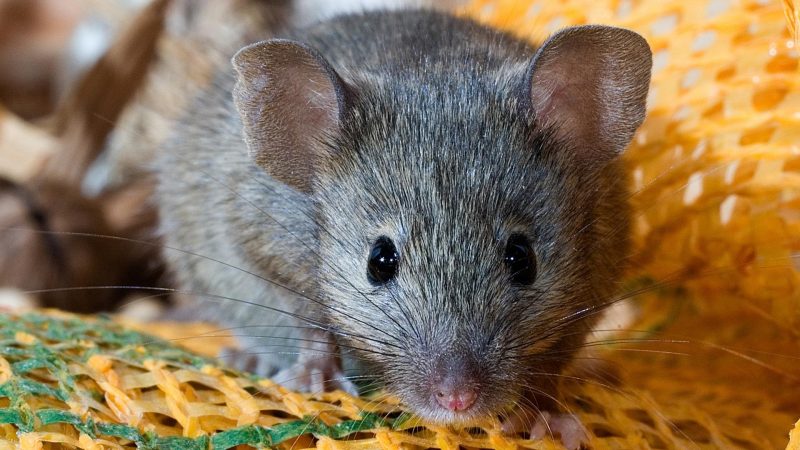
The presence of mice can have serious consequences. Aside from the possibility of causing disastrous effects on your property and belongings, they can also pass on different kinds of diseases to your family.
Can You Get Sick From Mice in Your House?
You can get sick from the presence of mice in your house. They are known to carry the following diseases:
1. Hantavirus Pulmonary Syndrome (HPS)
This is a disease that can be acquired when a person inhales dust particles from mouse droppings, urine, and nesting materials that are infected by the Hantavirus. However, this illness also has other modes of transmission, such as contact, exposure, or ingestion of contaminated mouse droppings, urine, and saliva.
Common signs and symptoms of this sickness include fever, headache, muscle pains, and cough. If these symptoms are left untreated, they can lead to severe infection and death.
2. Leptospirosis
This sickness is caused by the bacteria from the genus Leptospira. It can be transmitted to humans through contact with urine and other body fluids from infected mice and exposure to food, water, and soil that are contaminated with infected mouse urine.
The usual symptoms of this bacterial infection are high fever, chills, muscle pain, headache, abdominal pain, jaundice, and diarrhea. If the early phase is not treated right away, it may result in kidney or liver failure and meningitis.
3. Salmonellosis
A person may be afflicted with this disease when he ingests food and water that are contaminated by Salmonella-filled mouse droppings. The symptoms of this illness range from fever, abdominal cramps, and diarrhea which may last for four to seven days after infection.
4. Lymphocytic Choriomeningitis (LCM)
This sickness is brought by a virus from the family Arenaviridae, with the common house mouse as their primary host. It can be passed to humans when they are exposed to infected mouse droppings, urine, saliva, and nesting materials via nose, mouth, eyes, broken skin, and bite.
In its early stages, an infected individual may experience fever, body malaise, muscle pains, headache, nausea, and vomiting. It may also worsen into meningitis, encephalitis, meningoencephalitis, and acute hydrocephalus if the disease progresses.
Advantages of Mouse Traps
- Mouse traps are a cost-effective pest control approach since they are inexpensive when compared to other pest control techniques.
- Mouse traps are easy to set up and operate and require little training or technical knowledge.
- Mouse traps are safer than baits or poisons when handled properly since they don’t pose a significant threat to non-target animals or people.
- Mouse traps are simple to discard and leave no mess or residue behind.
Disadvantages of Mouse Traps
- With only a few traps, a huge mouse population could be tough to manage.
- Even though mouse traps are made to catch mice quickly, some people might think that they are inhumane because they occasionally kill the animals.
- Mouse traps may unintentionally capture birds or small pets in addition to the intended prey.
- Traps need to be examined frequently and properly disposed of, which can take time and be nasty.
What Attracts Mice to Traps?
Mice favor grains and seeds. They will sneak a tiny taste from a fresh food source because they are finicky eaters. Make them struggle for it so that they set off the trap. Don’t just let them steal just a small amount and run.
Utilizing nesting materials like twine or cotton balls is a second baiting tactic. New mice look for soft objects to use as building blocks for their nests. To ensure that the trap will activate when they attempt to grab it, wrap nesting material around it.
Where Should You Place Your Mouse Traps?
Don’t be afraid to place multiple traps in the same location. In general, more traps will produce more bounty. Places where you should set your traps:
- Against walls
- Pathways
- Under cabinets/drawers
- Near wall opening
- Next to pet food
How to Catch a Mouse?
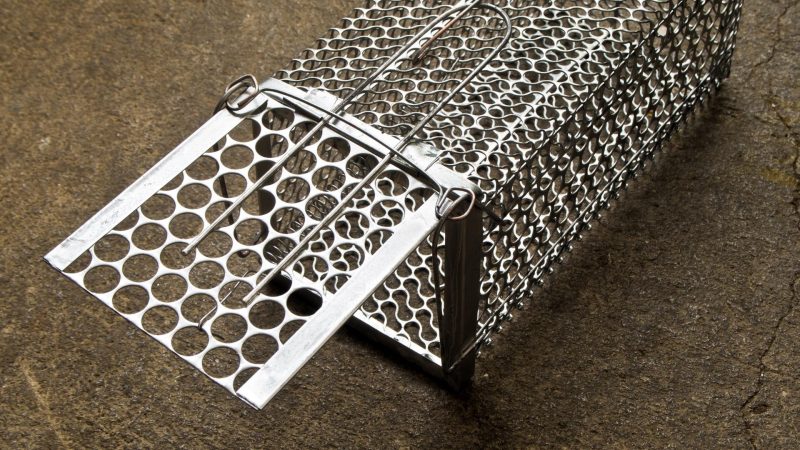
To catch a mouse, consider to do the following ways:
1. Look for probable entry points.
Mice frequently travel from their nests to different areas of your house to search for food and water. This is the reason why you should look for holes and gaps in your attics, garages, foundation structures, and other places where they can possibly enter from the outside. Their bodies are so flexible that they can fit into these openings without exerting too much effort.
When you inspect these areas, you will usually see mouse droppings, oily traces/sebum, and other signs of activity.
2. Block these sites of entry, if possible.
Once you have identified their portals of entry, closing these openings will be the next step. You can start by covering the seals and crevices in the foundation, walls, vents, and utility pipes of your houses with the use of steel and caulking materials. It is not advisable to apply plastic, rubber, or wood sealants as mice can easily chew and gnaw them.
3. Set mouse traps.
Setting numerous traps in different areas of your house increases the chance of catching a mouse. However, you might want to focus on places where they would usually stay, such as attics, garages, laundry rooms, and kitchens. Aside from the conventional wooden snap traps, you can mix their use with live traps and electronic traps to maximize and amplify your mouse-catching measures.
No products found.
4. Set mouse bait stations.
Bait stations can also be a good strategy for capturing mice. It works by placing food particles such as peanut butter on a plastic receptacle to protect it from dust and moisture while permitting the mouse to enter and feed on it.
- Tomcat Mouse Killer Child Resistant, Disposable Station is a bait...
- Our mouse bait station is resistant to tampering by children
- The bait station features a clear lid for easy bait monitoring,...
- For use indoors, place the bait station in an area where rodent...
- This package of Tomcat Mouse Killer Child Resistant, Disposable...
Other than the peanut butter mixture, you can also try other sweet and fatty food articles in your bait traps. Mice are curious creatures, so they are always on the go for new treats like cheese, chocolate, hazelnut spread, and cat food.
5. Clean and organize the areas where mice would possibly stay.
Cleaning and organizing the places where these creatures would possibly hide elevates your chance of catching them. You can start by removing the clutter and unnecessary debris found in these areas so that burrowing and building mouse nests would be difficult. This will also facilitate the easy monitoring and tracking of mouse activity, including the presence or possibility of mice infestation.
Related: Mice Control: How To Get Rid of Mice?
How to Catch a Mouse Without Traps?
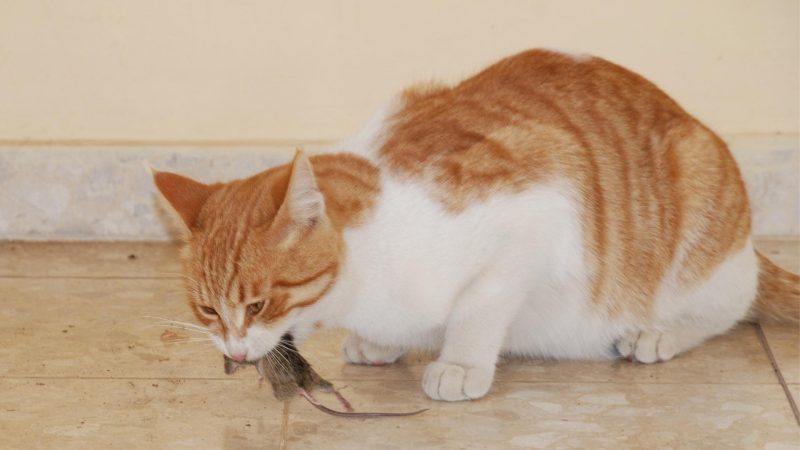
The use of wooden snaps or live traps is not the only method of catching a mouse. There are also other ways of capturing these tiny creatures, such as the use of glass and coins or a bucket and cardboard tube, or if not available, a soda bottle.
How Do You Get a Mouse to Come Out of Hiding?
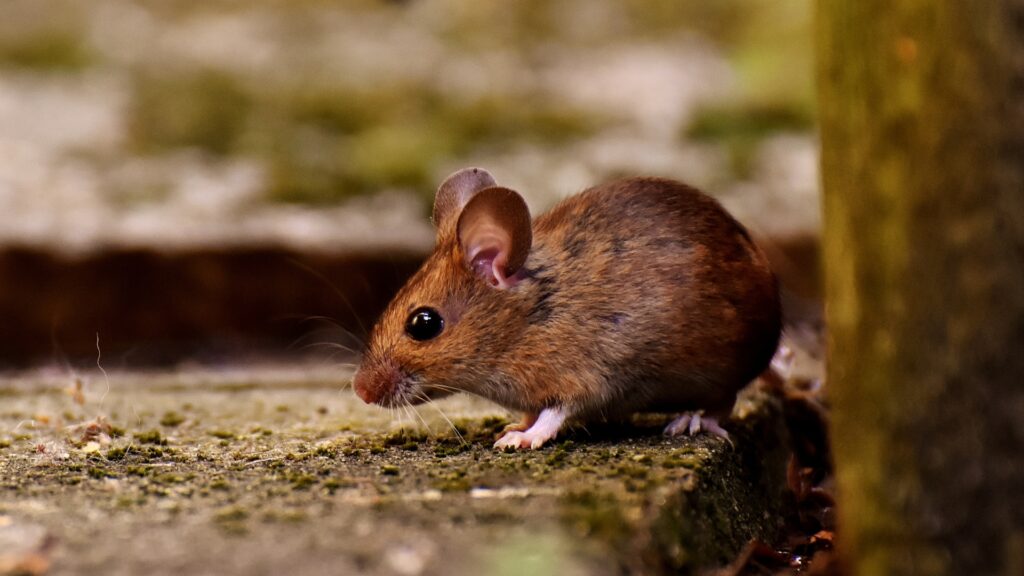
If you want a mouse to come out of hiding, just follow these simple steps:
Step 1: Remove their food source. When food, water, and nesting materials are not present within the premises of their nests, they will be forced to go out to look for provisions.
Step 2: Spray or scatter scents that mice dislike within the perimeters of their habitat. Mice hate the scent of onions, garlic, cloves, cayenne pepper, ammonia, and alcohol. Once you put cotton balls soaked in the oils of these items in areas near their nests, there is a big possibility that they will come out from hiding.
Step 3: Get the help of your pet cat. Cats are considered a mouse’s worst enemy because of their character as excellent mouse hunters. Therefore, when you deploy your pet cats around your house, they will search and scavenge for these tiny creatures. On the other hand, when a mouse feels the presence of cats within its surroundings, there is a high chance that these pests will flee and escape from their habitats.
How to Catch a Mouse Without Killing It?

You can catch a mouse without necessarily killing them. This can be done in the following ways:
- Use natural mouse repellents. Some of these are peppermint oil, cloves, and onions. Then, soak their oils in a ball of cotton.
- Use live catch-and-release traps. It can capture a mouse without causing its death. This is possible when you release the mouse elsewhere after it is caught in a door trap.
- Use sound-repellent devices. It can generate ultrasonic waves that are toxic to the ears of mice. They cannot tolerate the sounds of this equipment. So, once they hear its deafening noise, they will surely flee from their place of habitat.
How to Catch a Mouse in the Kitchen?
If you want to protect your kitchen from mice infestation, the following techniques may be employed:
- Mouse baits. Due to the availability of food and provisions, the kitchen is undoubtedly one of the favorite places for a mouse. Thus, the establishment of bait stations in these areas can be a good way of getting rid of them. This can be done by mixing poisonous substances with food particles and putting them in places accessible to these pests.
- Mouse traps. Instituting traps in the kitchen can also be a big help in catching a mouse. They are not only safe to use but inexpensive and economical as well.
- Glue boards. This is another method of catching a mouse that guarantees affordability and effective results. You can just place it in the various corners of the kitchen. Once these pests step on the glue boards, they will have difficulty escaping from it.
How to Catch a Mouse in a Car?
Even cars can be a potential habitat for mice. So if you want to catch them inside your vehicle, you may apply the following strategies:
- Turn up your car’s heat or blare its horns. Extreme heat and loud noises can force mice to get out of their abode. Roll down the windows of your car and let the heat dissipate inside, or you can repeatedly honk your horns to scare and frighten them.
- Put mouse traps. Setting mouse traps strategically can be efficient in catching a mouse once they decide to go out.
- Apply mouse repellents. Putting mouse repellents inside and around your car may also help in urging the mice to flee from your vehicle. To ensure safety, it is advisable to use natural ingredients like cloves and peppermint oil.
How to Catch a Baby Mouse?
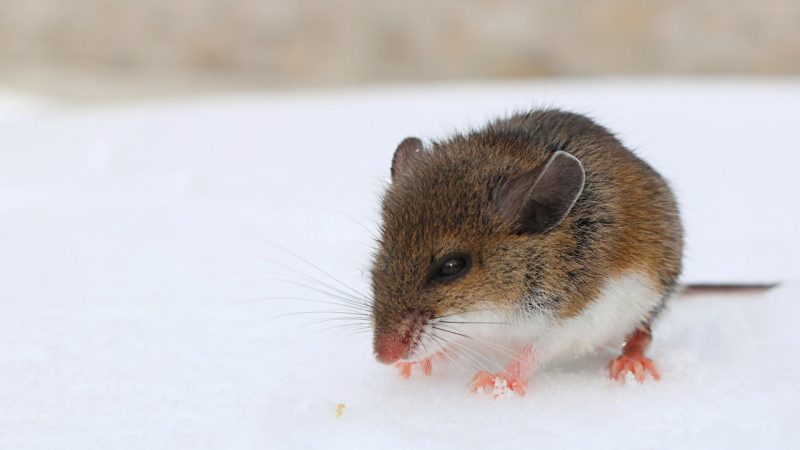
The strategies for catching a baby mouse are just the same as capturing an adult one. In most cases, baby mice are caught using cages and live traps or bait that utilize food items such as peanut butter, chocolate, and cheese. However, if you want to eliminate these juvenile mice, the best thing to do is to get rid of their parents first.
How to Catch a Mouse With a Mouse Trap?
If you want to catch a mouse using a trap, just follow these steps:
Step 1: Pick the appropriate kind of trap. You can choose from the conventional snap trap, live trap, electronic trap, and many more.
Step 2: Put a sufficient amount of food particles on the bait pan of the trap. Peanut butter is one of the top choices.
Step 3: Place these mouse traps with food baits near the walls of your attics, basements, kitchen, and other areas where mice activity is observed. These creatures usually pass through walls and corners because they try to avoid open spaces all the time.
Best Mouse Traps to Quickly Get Rid of Mouse
If you are looking for the perfect mouse trap to quickly get rid of mice, here are the best products:
1. Mouse Trap from the brand Feeke . It’s an electronic/ultrasonic device that temporarily catches a mouse before releasing it. These pests will surely not return to your place once they experience being inside this mouse trap.
- Safe to use - No glue, no touch design, very safe to use and no...
- Easy to use and set - Just put a bait in the cup, and put it back...
- Efficient and high sensitivity - These mouse traps are more...
- Completely eliminate mouse - Using electronic ultrasonic...
- Friendly Customer Support - If you are not satisfied with our...
2. CaptSure Original Humane Mouse Traps . It is 100% humane as its catch, and release method does not involve killing or injuring mice. Also, it is reusable and very easy to clean.
- 100% Humane & Ethical - Remove stubborn mice without hurting them...
- Safe for Kids, Dogs, & Cats - Keep your children, dog, cat, and...
- Easy & Reusable - These self locking plastic no kill mouse traps...
- Versatile Trap - This safe mouse trap humane can also be a tunnel...
- Mice-Proof Home - Stop killing and start catching with our garage...
3. . This resembles the conventional wooden snap trap but in a modern and innovative manner. It does not require further food baiting as its pedal is formed as a cheese.
No products found.
How to Create a DIY Mousetrap?
There are numerous ways of creating do-it-yourself mouse traps. Famous picks include the use of a bucket and a cardboard tube, which is usually from toilet paper or a bucket and soda bottle. Other alternatives involve the utilization of a bucket and paper plate, a glass and coin, or a bucket and set of spoons.
What Is the Best Thing to Catch a Mouse With?
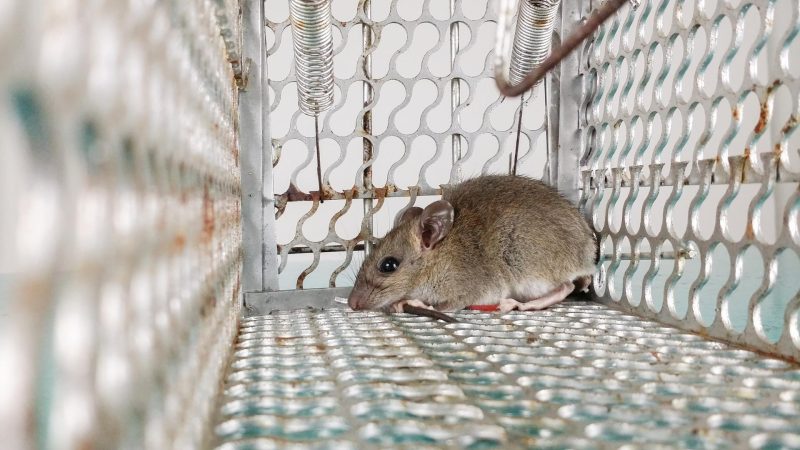
Mouse traps, glue boards, and baits continue to be the best things to use in catching a mouse. They not only warrant effectiveness but are also budget-friendly and safe to use.
You will no longer need complicated and expensive tools in getting rid of mice as you can just buy these products at an affordable cost. If you don’t want to spend more money, you can even create it yourself.
Related: What Is the Best Way to Exterminate Rats and Mice? | Tips and Guide
Will Mice Leave if No Food?
Mice will leave if they don’t have any food sources. This is one of the reasons why you regularly see them running and crawling in the kitchen and pantries. They are on the constant lookout for provisions, and when they see open food canisters and receptacles containing food, they will not hesitate to take it.
List of Sources
Diseases from rodents. (2010). Centers for Disease Control and Prevention.
Trap Up! (2010). Centers for Disease Control and Prevention.
Timm, R. M. (2011). House Mouse. University of California Agriculture & Natural Resources.
- How to Get Rid of Copperheads | Practical Guide - August 27, 2023
- How to Get Rid of Corn Snakes | What Makes Them Aggressive? - August 27, 2023
- How to Get Rid of Alligators | Safety Measures and Removal Methods - July 16, 2023



